How do you identify the largest castles in the world? Not everybody agrees on what constitutes a castle, and it can be difficult to decide how to measure size.
For our list, we’ve included all buildings and the entire castle grounds in each castle complex. We’ve included castles in eastern and western Europe, the middle east, and Japan. Keep reading to learn about twelve of the largest castles in the world and what makes each one unique.
The Biggest Castles in the World
1. Balmoral Castle in Scotland, 50k acres
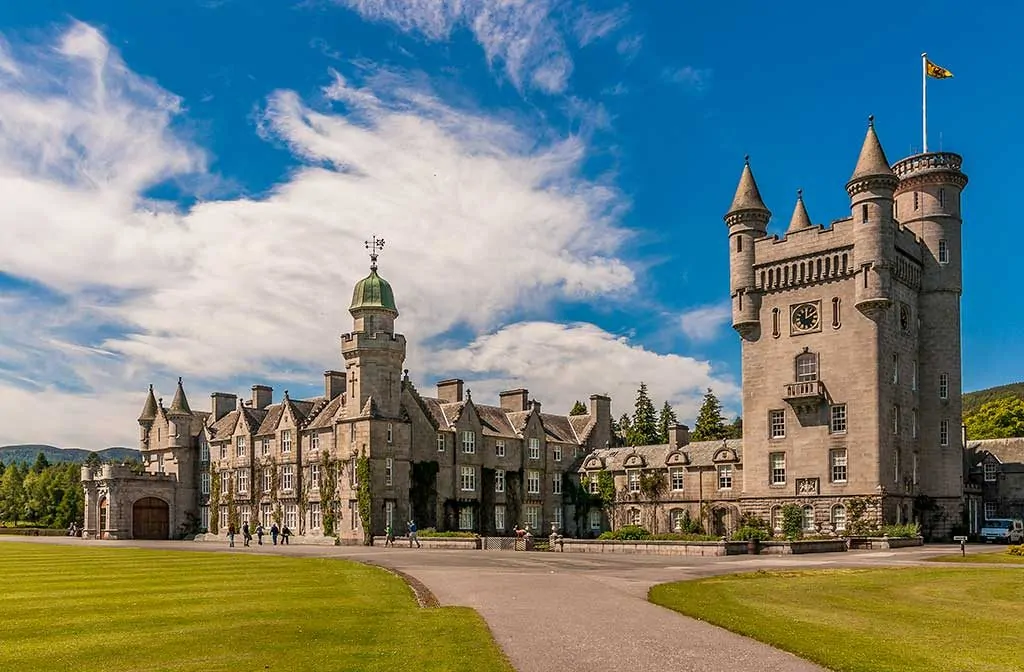
World’s Largest Royal Domain
While the building itself is not particularly large, the grounds surrounding Balmoral cover far more than the area of any other castle complex. The grounds used to host a castle owned by the Farquason family, but the British royal family purchased it in the 19th century and commissioned the building of Balmoral.
The castle was designed by William Smith in conjunction with Prince Albert. It is a working estate with forestry, farmland, and managed herds of deer, cattle, and ponies. Public visitors may tour the ballroom and the castle gardens at certain times of the year.
2. Himeji Castle in Japan, 265 acres
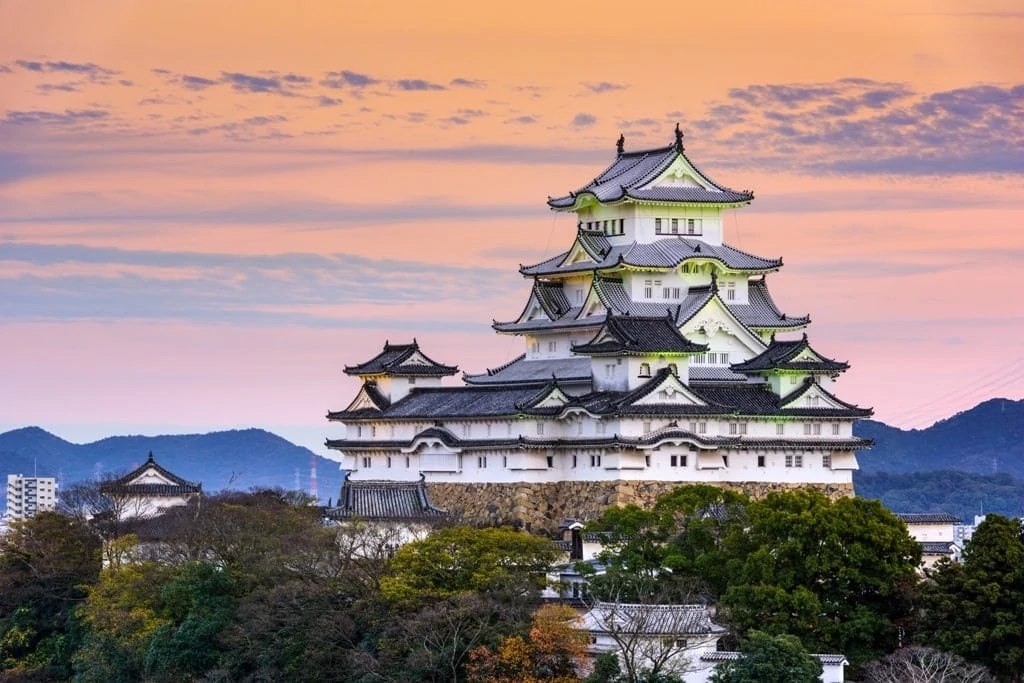
The Himeji Castle complex was built in the 14th century and remodeled several times in subsequent centuries. It is located on the top of a hill in the Hyōgo Prefecture and experts consider it an excellent example of Japanese castle architecture.
It survived the significant bombing in World War II and the Great Hanshin earthquake in 1995. The Japanese sometimes call it Hakuro-jō, meaning “White Egret Castle,” or Shirasagi-jō, meaning “White Heron Castle.” Himeji is a UNESCO World Heritage Site and welcomes visitors during opening hours.
3. Malbork Castle in Poland, 52 acres
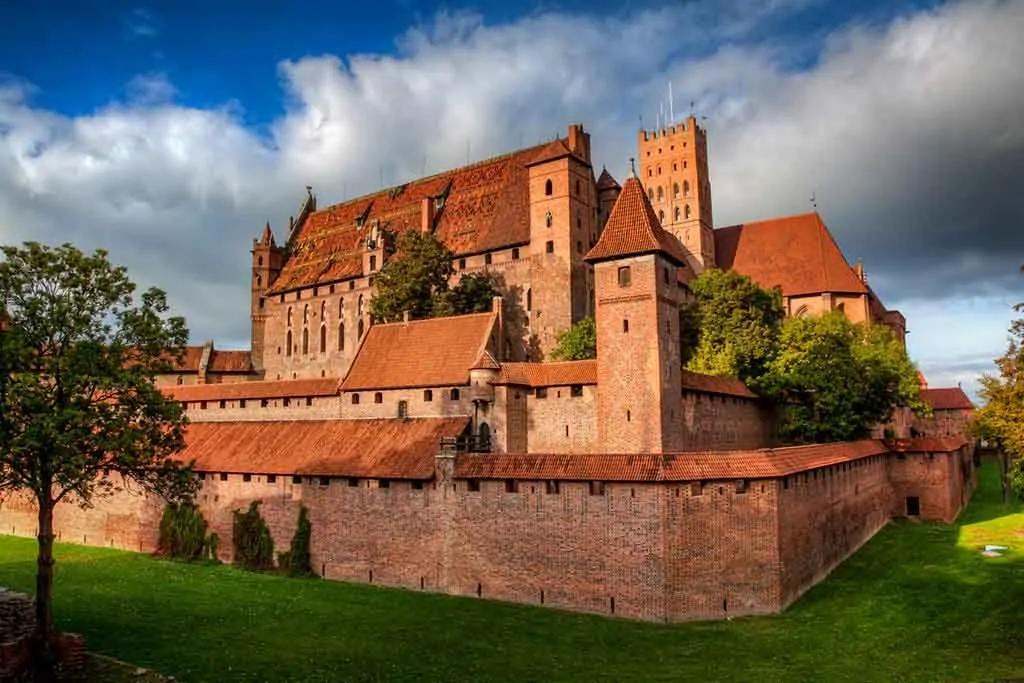
Largest Castle in the World by Land Area
Malbork Castle, also known as the “Castle of the Teutonic Order in Malbork,” is near Malbork, Poland. It is a Teutonic castle, which means it was built by the Teutonic Knights, a religious, military order. Dating from the 13th century, it was expanded several times to accommodate the number of knights it needed to house.
The castle complex now comprises 52 acres within its outer walls, making it the absolute largest castle in the world if you measure by land area. Malbork Castle is a UNESCO World Heritage Site and sometimes hosts fun events for visitors.
4. Prague Castle in the Czech Republic, 70k square meters

Largest Ancient Castle in the World
Prague Castle, built in the 9th century, is the oldest castle on our list of largest castles in the world. The Guinness Book of Records lists it as the “largest ancient castle in the world.”
The castle complex initially included only a few buildings, but more were gradually added for housing and stronger fortification, so it now occupies about 70,000 square meters. Although quite old, Prague Castle still serves as the office of the President of the Czech Republic and as the hiding place for the Bohemian Crown Jewels.
If you wander throughout the complex, you will see a variety of architectural styles, including Gothic and Romanesque, as well as some impressive art collections. It’s no surprise that this fascinating site attracts almost 2 million visitors each year.
5. Mannheim Palace in Germany, 60k square meters
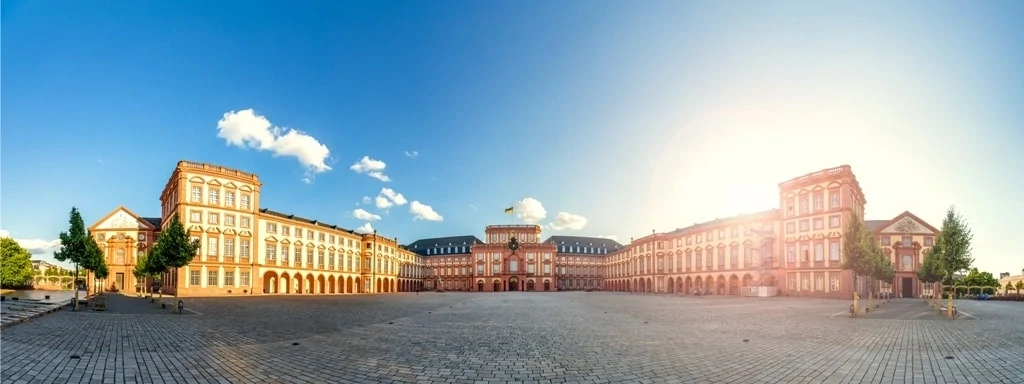
2nd Largest Baroque Palace
Mannheim is sometimes referred to as a palace and other times as a castle. The current building, which replaced a fortress called Friedrichsburg, was constructed in the 18th century as the residence of Charles III Philip, Elector Palatine.
Bombing during World War II almost destroyed Mannheim Palace, but government funding and private donations have allowed extensive renovations. It is the central building complex of the University of Mannheim and is considered an important example of a Baroque palace. Visitors may tour Mannheim with audioguides.
6. Windsor Castle in England, approximately 54.8k square meters
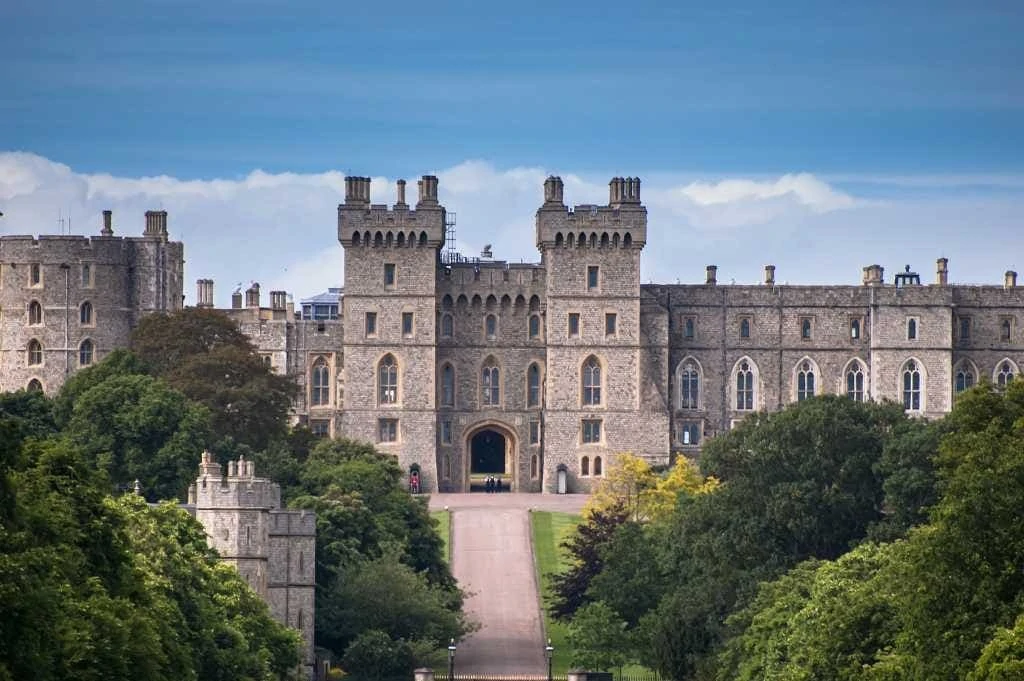
Largest and Oldest Inhabited Castle
Windsor Castle is unusual among the largest castles in the world because it still serves as a royal residence, specifically as it was Queen Elizabeth II’s favourite weekend home. It is the largest and oldest inhabited castle in the world and is also the longest-occupied palace in Europe.
The original Windsor Castle was built in the 11th century after the Norman conquest when William the Conqueror took the English throne. Thirty-nine monarchs have used it as their home since then! You can visit Windsor Castle throughout the year, but it is closed on Tuesdays and Wednesdays.
7. Hohensalzburg Fortress in Austria, approximately 54.5 square meters
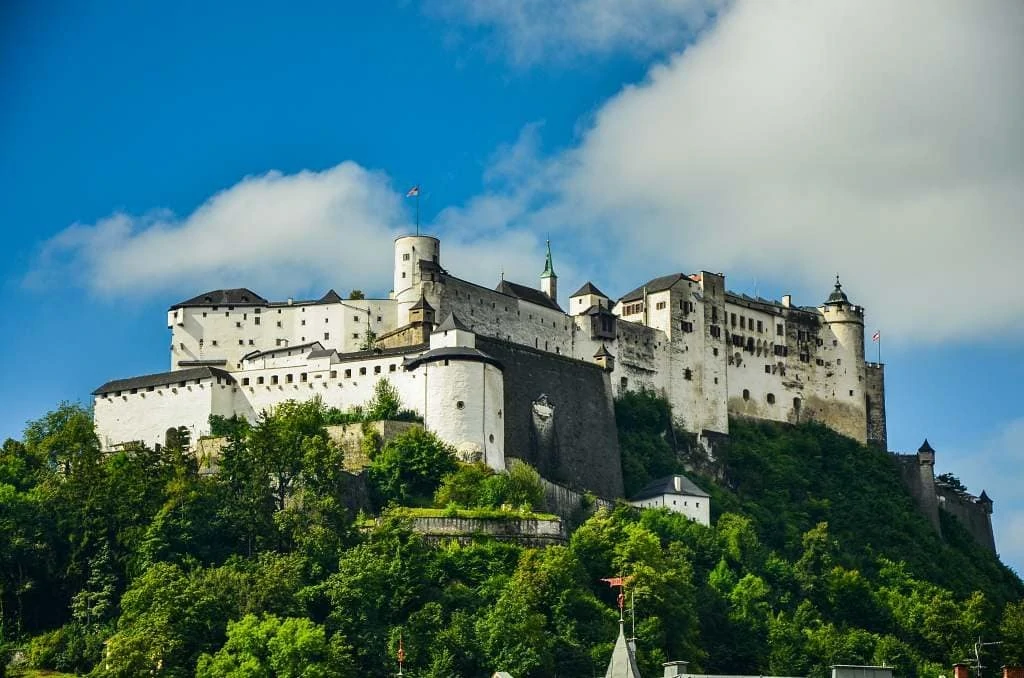
One of the largest medieval castles in Europe, Hohensalzburg sits on top of a hill known as the Festungsberg in Salzburg, Austria, at an altitude of 506 meters.
Construction of the castle began in the 11th century, and it was expanded multiple times, with its towers built in the 15th century and other elements finished as late as the 17th century.
It became a major tourist attraction in the 19th century and briefly served as a prison during World War I. This beautiful castle is open to visitors throughout the year. You can even bring your dog to the outdoor areas of the fortress!
8. Spiš Castle in Slovakia, approximately 49.5 square meters
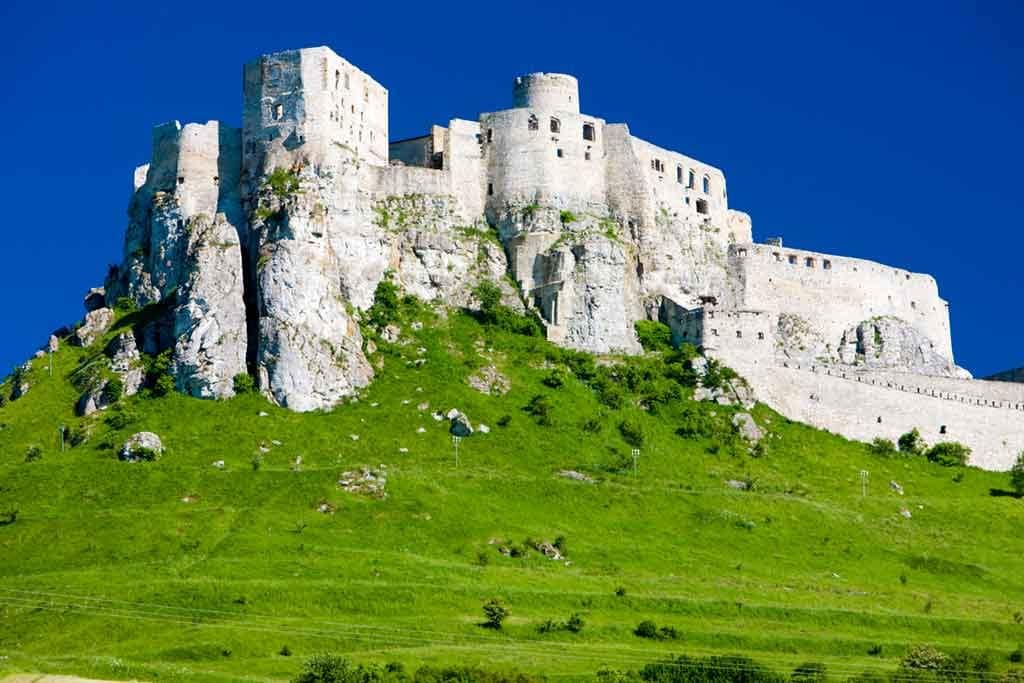
Although now in ruins, Spiš Castle’s site is one of the largest in Central Europe. It served as the political and economic center of Szepes County in the Kingdom of Hungary.
It then passed through the hands of two prominent families before being owned by the state of Czechoslovakia and now by Slovakia. Spiš Castle was originally built in the 12th century, completely reconstructed in the 15th century, and destroyed by a fire in the 18th century. It was later reconstructed, and the site was used for archaeological research.
9. Buda Castle in Hungary, approximately 44.6 square meters
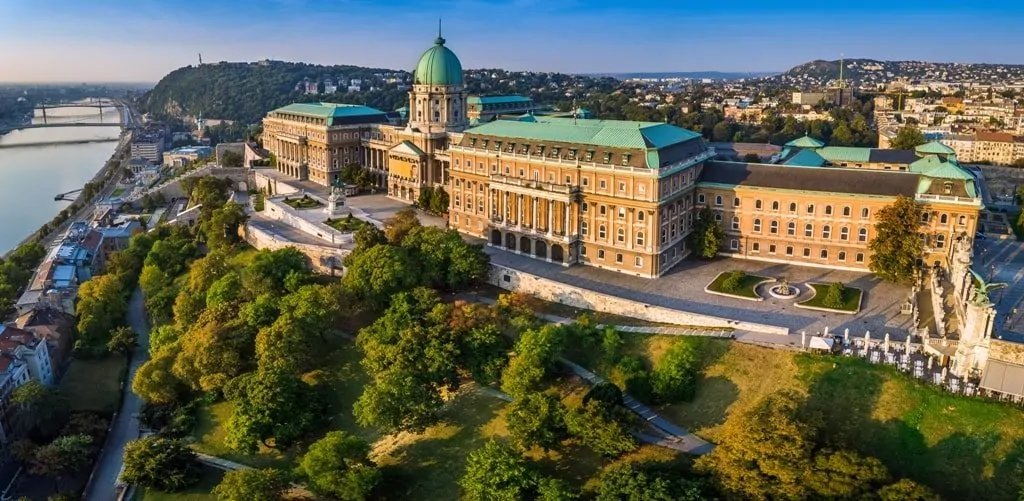
Buda Castle was sometimes referred to as the “Royal Palace” or “Royal Castle” because it belonged to the Hungarian kings in Budapest. It was originally built in the 13th century and rebuilt in the 18th century.
It was again ruined by bombing during World War II and rebuilt in a Stalin Baroque style, but it still includes sections that were constructed as early as the 14th century.
The castle includes wine cellars and extensive caves that once housed tigers and Hungarian mountain bears. Today, Buda Castle sits on Castle Hill and is surrounded by a popular area for tourism. It is a UNESCO World Heritage site.
10. Citadel of Aleppo in Syria, approximately 39.8 square meters
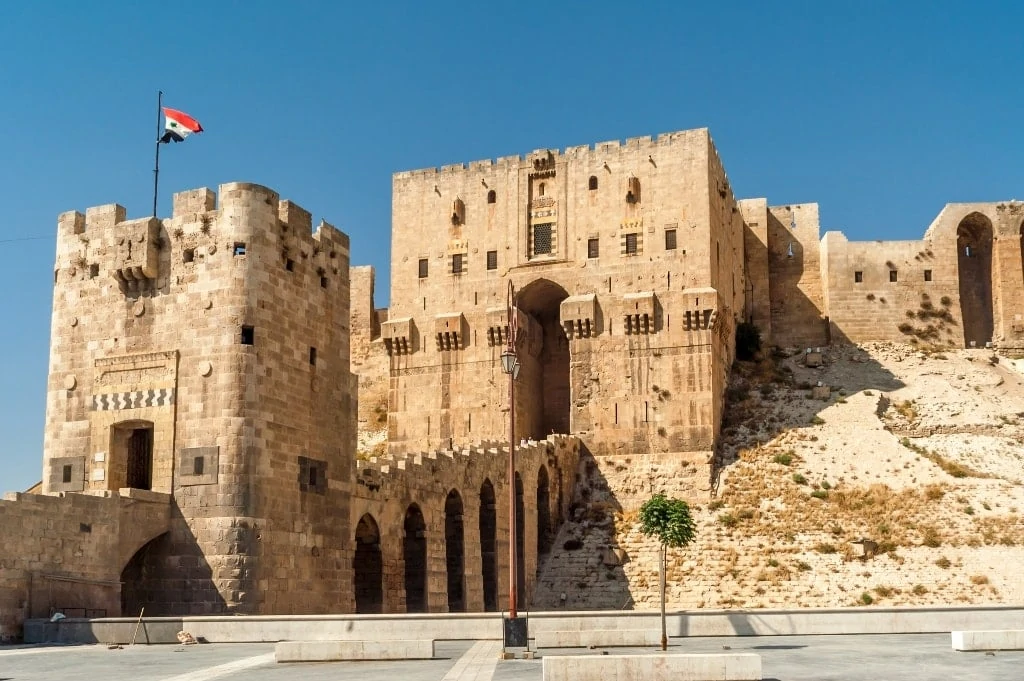
This fortified palace in Aleppo is considered one of the largest castles in the world. Locals used the hill it is located on beginning in the 3rd century. Experts think most citadel construction that still exists now comes from the 12th and 13th centuries.
The citadel is part of the Ancient city of Aleppo, the historic city center of almost 1.5 square miles, which is a UNESCO World Heritage Site. Although fighting severely damaged the citadel in the 2010s, the repair is underway, and the site is again open to the public.
11. Edinburgh Castle in Scotland, approximately 35.7 square meters

Scotland’s Most-Visited Paid Tourist Attraction
Edinburgh Castle is among three of the largest castles in the world located in the United Kingdom. Located in Scotland’s capital city, it played a role in the Wars of Scottish Independence and the Jacobite rising of 1745.
Most of its current buildings were constructed in the 16th century, but some sections are from as early as the 12th century. Edinburgh Castle has become a symbol of Scotland and brought in more than 2.1 million visitors in 2018.
12. Kronborg Castle in Denmark, approximately 28.7k Square Meters
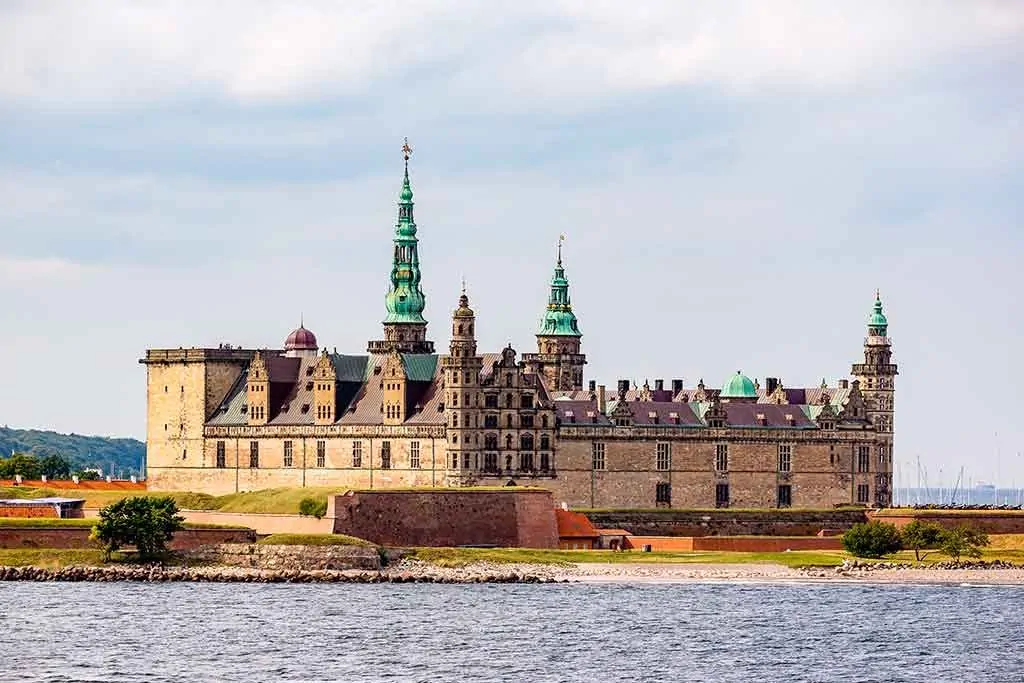
The site of Kronborg originally hosted a stronghold, “Krohen,” built in the 15th century.
In the 16th century, King Frederick II transformed the fortress into a Renaissance castle with the help of famous architects and the sculptor Gert van Groningen. Shakespeare used Kronborg as the setting for his famous work Hamlet but referred to it using the term “Elsinore.”
Kronborg is also associated with the entertaining legend of “Ogier the Dane,” said to be sleeping at the castle and to have a long beard that extends along the ground. Kronborg is a UNESCO World Heritage Site and is open to visitors throughout the year.
FAQ’s about The Largest Castles In The World
Among the largest castles in the world are Balmoral Castle in Scotland, Himeji Castle in Japan, Malbork Castle in Poland, and Prague Castle in the Czech Republic.
Malbork Castle, also known as the Castle of the Teutonic Order in Malbork, is the largest castle in the world measured by land area. The castle is a UNESCO World Heritage Site and is located near Malbork in Poland.
Prague Castle in the Czech Republic has the largest castle complex in the world. With almost 70,000 square meters, Prague Castle is listed in the Guinness Book of Records as the largest ancient castle in the world.
The biggest castle in Europe is Balmoral Castle in Scotland (including the building and the castle ground). With an impressive 50k acres, Balmoral Castle is also the world’s largest royal domain.
Measured by land area, Malbork Castle, a UNESCO World Heritage Site in Poland, is the largest castle complex in Europe and worldwide, with 52 acres within its outer walls.
